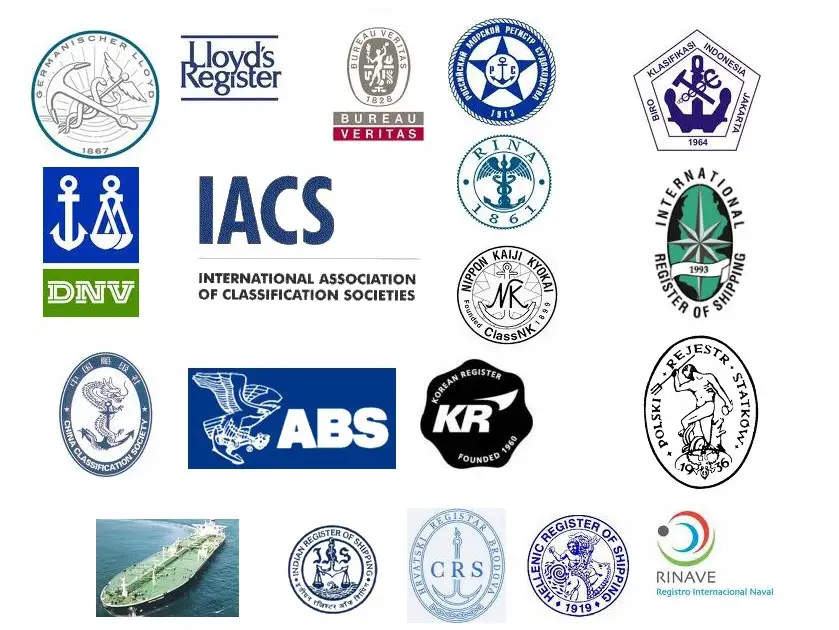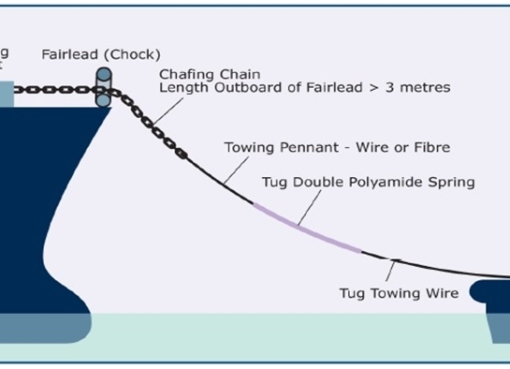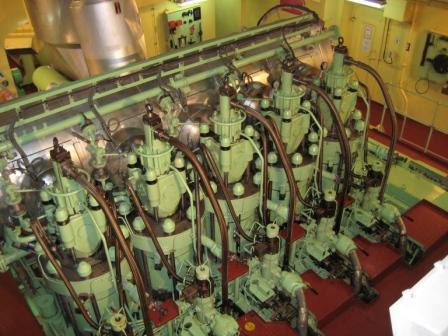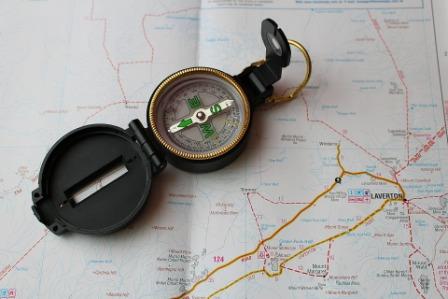Need of Classification Societies
The purpose of a Classification Societies is to provide classification and statutory services and assistance to the maritime industry and regulatory bodies as regards maritime safety and pollution prevention, based on the accumulation of maritime knowledge and technology.
The main objectives of the ship’s classification are:
- To verify the structural strength and integrity of essential parts of the ship’s hull and its appendages.
- To verify the reliability and function of the propulsion and steering systems, power generation, and those other features and auxiliary systems that have been built into the ship to maintain essential services on board.
Classification Societies achieve these objectives through the development and application of their own Rules and by verifying compliance with statutory regulations on behalf of flag Administrations.
Is Certificate Of Class Compulsory?
The answer is Yes.
The reference is made in SOLAS Ch II-1, Reg 3-1 which states that, in addition to the requirements of the other (SOLAS) regulations, ships shall be designed, constructed, and maintained in compliance with the structural, mechanical, and electrical requirements of a Classification Society which is recognized by the Administration in accordance with the provisions of regulation XI/1, or with applicable national standards of the Administration which provide an equivalent level of safety.
Classification Notations
Classification notations are indicative of the specific Rule requirements that have been met. Depending on the Classification Society, the classification notations are assigned to the ship according to ship type, service, navigation, and/or other criteria that have been provided by the owner and/or builder, when requesting classification.
Classification notations assigned to a ship are indicated on the certificate of classification as well as in the Register of Ships published by the Society. These notations can be generalized by the following types which may be used in combination:
-
- Main class symbol
- Construction marks
- Service notations with additional service features, as applicable;
- Navigation notations;
- Geographic notations;
- Additional class notations.
Class Symbol
The main class symbol indicates the compliance of the ship with specific Rule requirements regarding its construction.
Construction Mark
The construction mark, when assigned, identifies the procedure under which the ship and its main equipment or arrangements have been surveyed for the initial assignment of the class.
Service Notations
The service notations, when assigned, define the type and/or service of the ship which has been considered for its classification. A ship may be assigned several different service notations. In such case, the specific Rule requirements applicable to each service notation will have been complied with.
Navigation Notations
Some Classification Societies define limiting areas for navigation (e.g. coastal waters, and sheltered waters), and/or limiting environmental conditions for certain types of ships and marine structures.
See the example of Classification Notation here
Scope of Classification Societies
- A technical review of the design plans and related documents for a new vessel to verify compliance with the applicable Rules.
- Attendance at the construction of the vessel in the shipyard by a Classification Society surveyor(s) to verify that the vessel is constructed in accordance with the approved design plans and classification Rules.
- Attendance by a Classification Society surveyor(s) at the relevant production facilities that provide key components such as the steel, engine, generators, and castings to verify that the component conforms to the applicable Rule requirements.
- Attendance by a Classification Society surveyor(s) at the sea trials and other trials relating to the vessel and its equipment prior to delivery to verify conformance with the applicable Rule requirements.
- Upon satisfactory completion of the above, the builder’s/shipowner’s request for the issuance of a class certificate will be considered by the relevant Classification Society and, if deemed satisfactory, the assignment of class may be approved and a certificate of classification issued.
- Once in service, the owner must submit the vessel to a clearly specified program of periodical class surveys, carried out onboard the vessel, to verify that the ship continues to meet the relevant Rule requirements for continuation of class.
Activities that generally fall outside the scope of classification:
-
- Design and manufacturing processes;
- Choice of type and power of machinery and certain equipment (e.g. winches);
- Number and qualification of the crew or operating personnel;
- Form and cargo carrying capacity of the ship and maneuvering performance;
- Hull vibrations;
- Spare parts;
- Life-saving appliances and maintenance equipment.
These matters may however be considered for classification according to the type of ship or class notation(s) assigned.
Assignment of Class
Class is assigned to a ship upon the completion of satisfactory surveys, held to verify that the vessel is in compliance with the relevant Rules of the Society. This assignment may be given in the following cases:
- On completion of the new building, after satisfactory surveys have been performed;
- On completion of a satisfactory survey of an existing ship carried out in accordance with the agreement developed by the IACS Member Societies for ships transferring class between Members;
- On completion of a satisfactory specific class survey of an existing ship not classed with an IACS Society or not classed at all.
Maintenance of Class
Classed ships are subject to surveys for maintenance of class. These surveys include the class renewal (also called “special survey”), intermediate, annual, and bottom/docking surveys (either a survey in dry dock or an in-water survey) of the hull, tail shaft survey, boiler survey, machinery surveys, and surveys for the maintenance of additional class notations, where applicable. Such surveys are carried out at intervals and under the conditions given below:
- The surveys are to be carried out in accordance with the relevant requirements in order to confirm that the condition of the hull, machinery, equipment, and appliances comply with the applicable Rules.
- It is the owner’s duty to ensure that the ship’s maintenance is kept at a satisfactory level in order to maintain the condition between surveys.
- The extent of any survey depends upon the condition of the ship and its equipment.
Suspension of Class
Class may be suspended when one or more of the following occurs:
- When a ship is not operated in compliance with the requirements.
- If a ship proceeds to sea with less freeboard than that assigned.
- When the owner fails to request a survey after having detected defects or damages affecting the class.
- When a recommendation/condition of class is not dealt with within the time limit specified, unless it is postponed before the due date by agreement with the Society.
- When repairs, alterations or conversions affecting the class are carried out without requesting the attendance of a surveyor.
In addition, class is automatically suspended:
- When the class renewal/special survey has not been completed by its due date or within the time granted in special circumstances for the completion of the survey.
- When the annual or intermediate surveys have not been completed by the end of the corresponding survey time windows.
Suspension of class with respect to the above cases will remain in effect until such time as the due surveys and any other survey deemed appropriate by the Society have been completed. Taking into account any extensions granted.
Withdrawal of Class
The Society will withdraw the class of a ship when:
- Requested by the owner;
- The class has been suspended for more than six months;
- The ship is reported as a constructive total loss and the owner does not advise his intention to repair the ship for reinstatement of class;
- The ship is reported lost;
- The ship will not trade further as declared by its owner.
When class is suspended or withdrawn, the Society will at the same time:
- Inform the owner, flag Administration, and underwriters (the latter at their request);
- Publish the information on its website and convey the information to appropriate databases.
Also Read: How To Prepare For A Load Line Survey Onboard
Do you like the information? Please let us know in the comments section.
Reference: IACS




